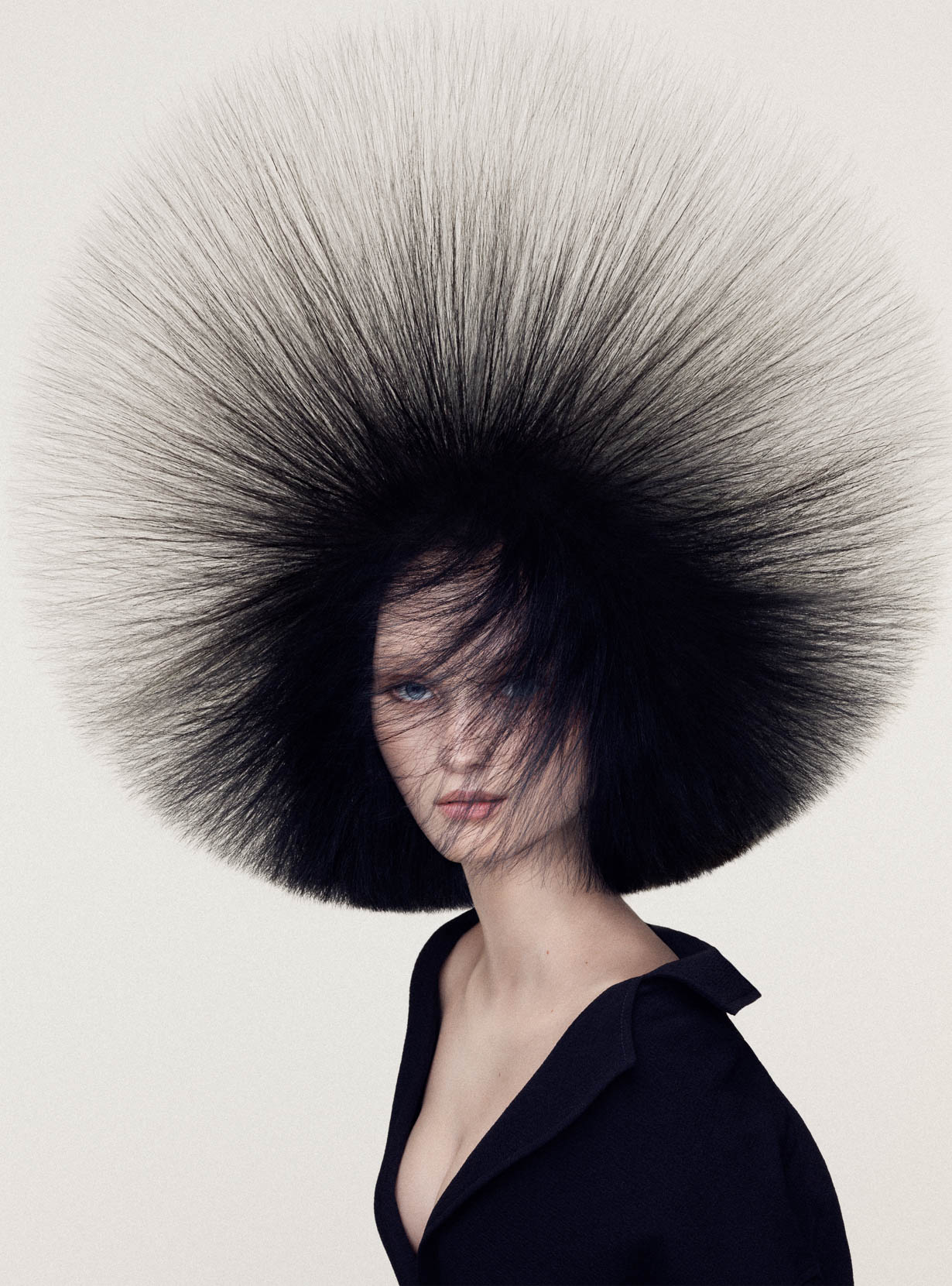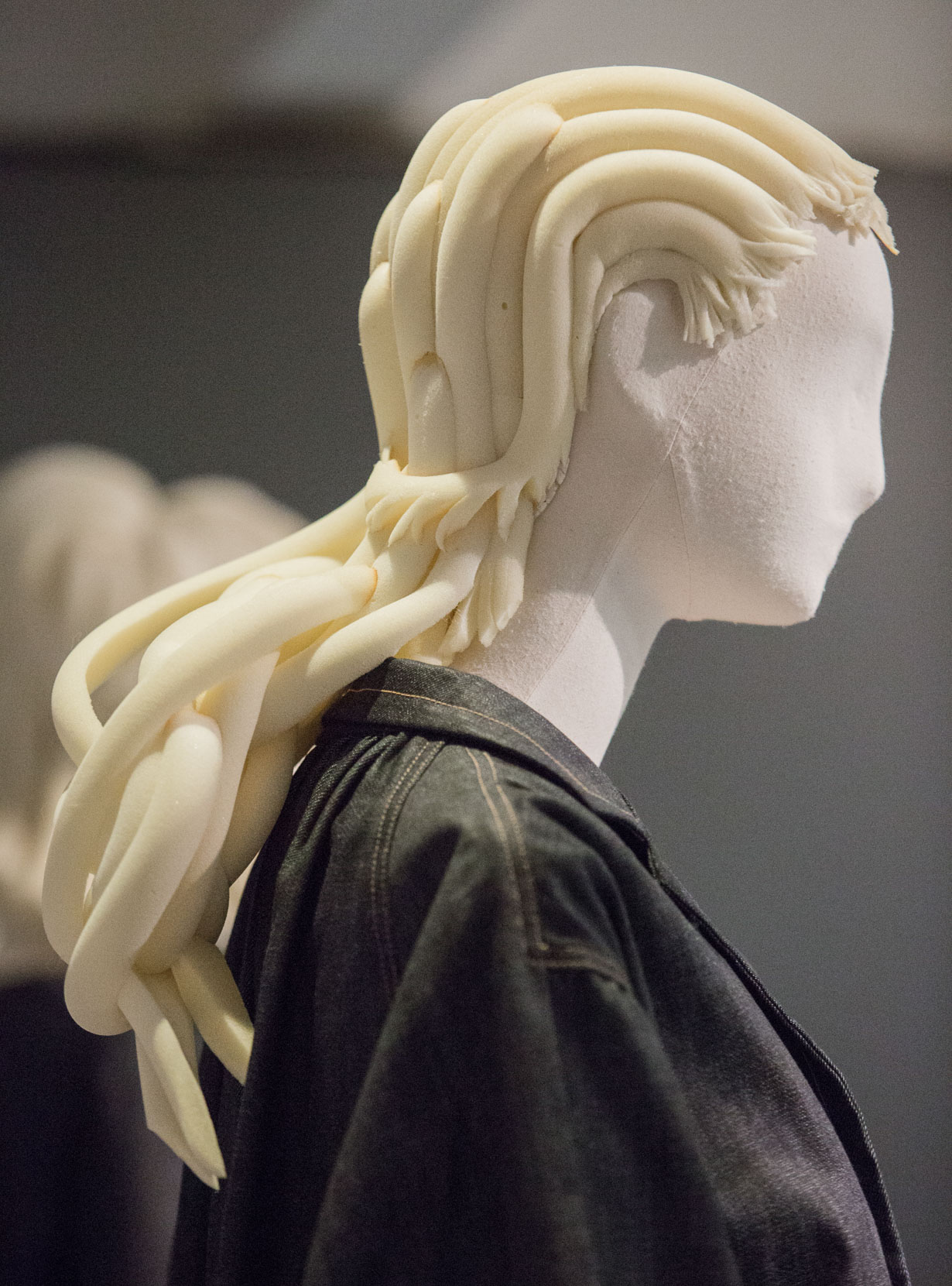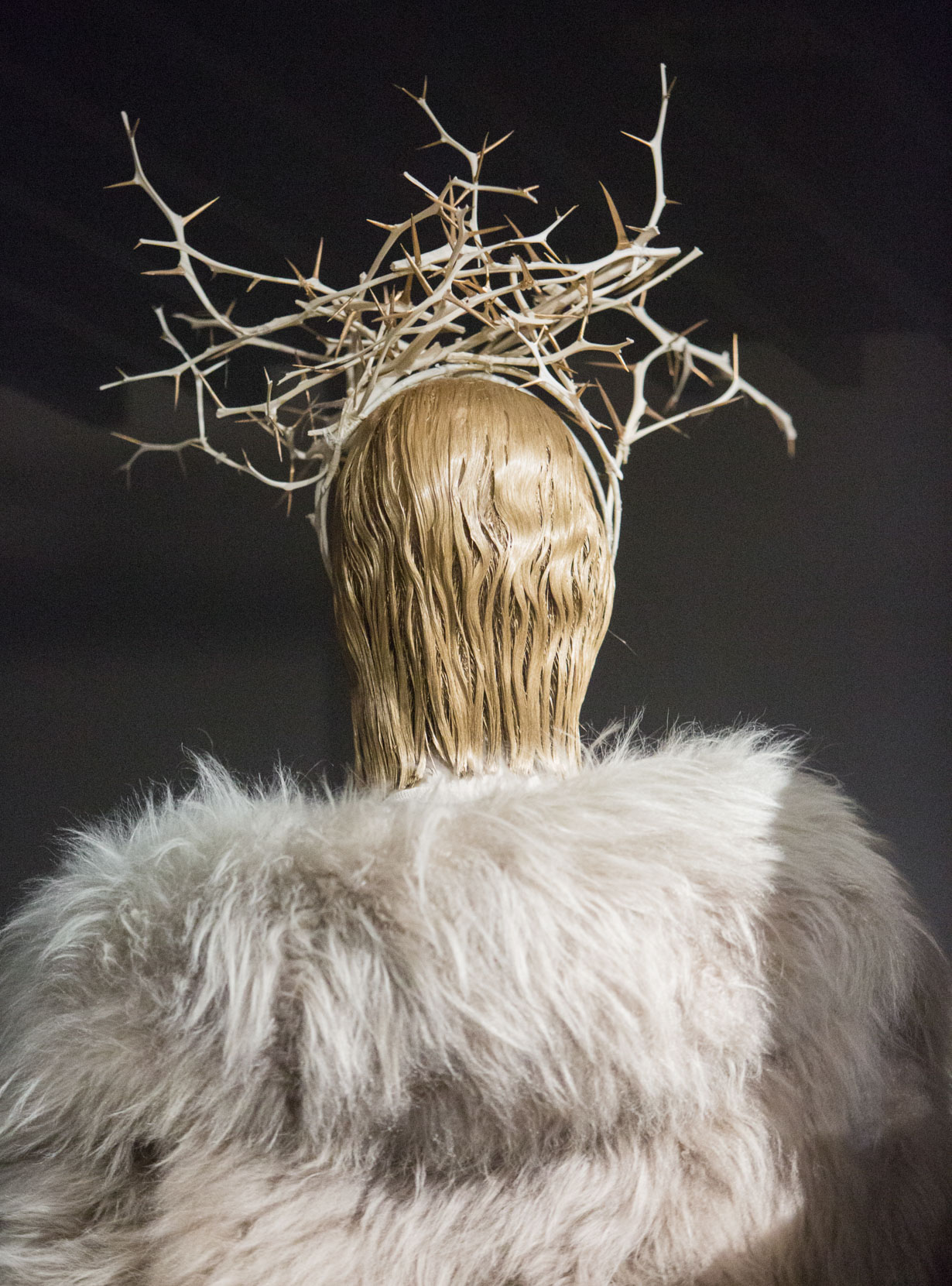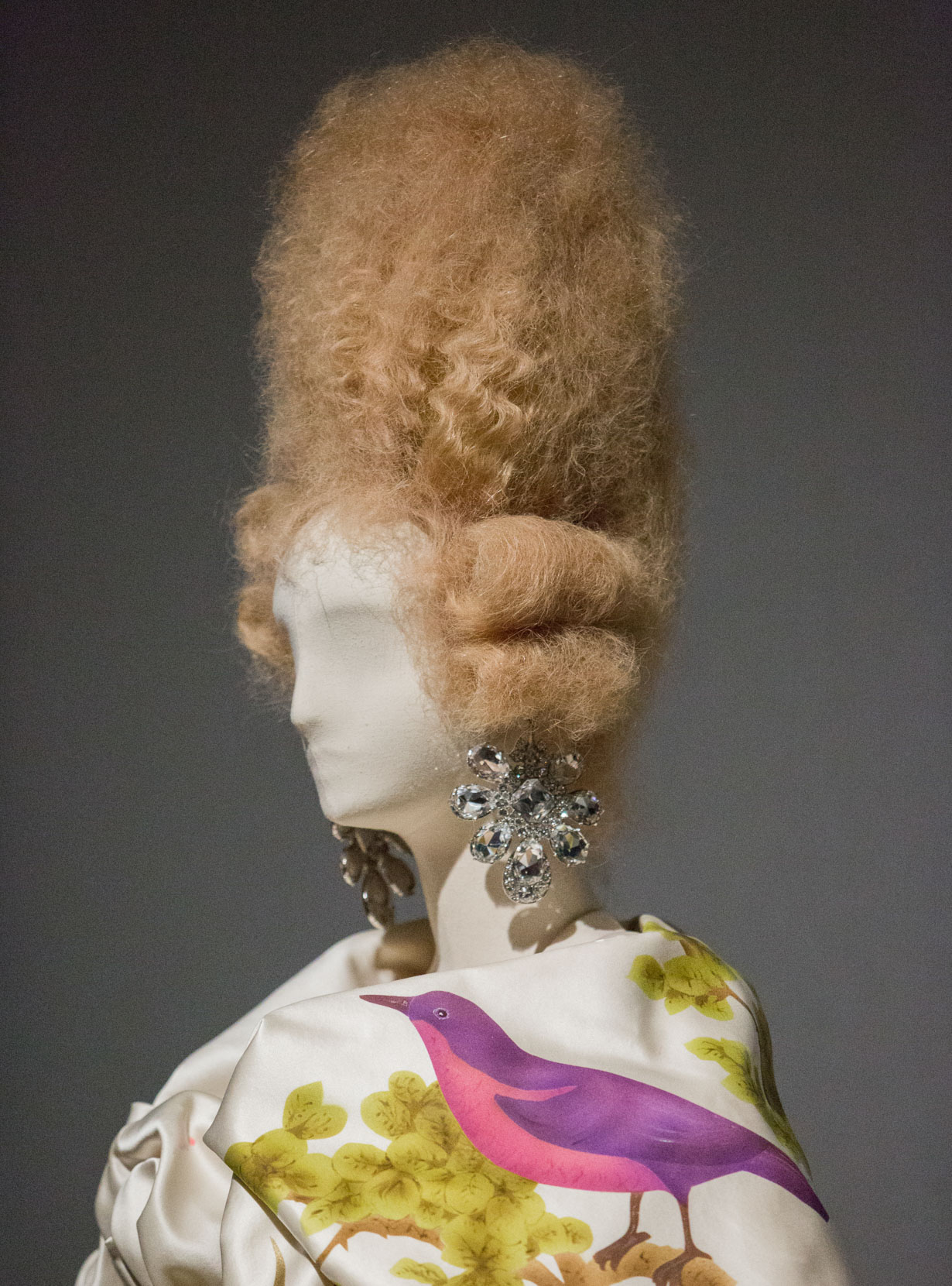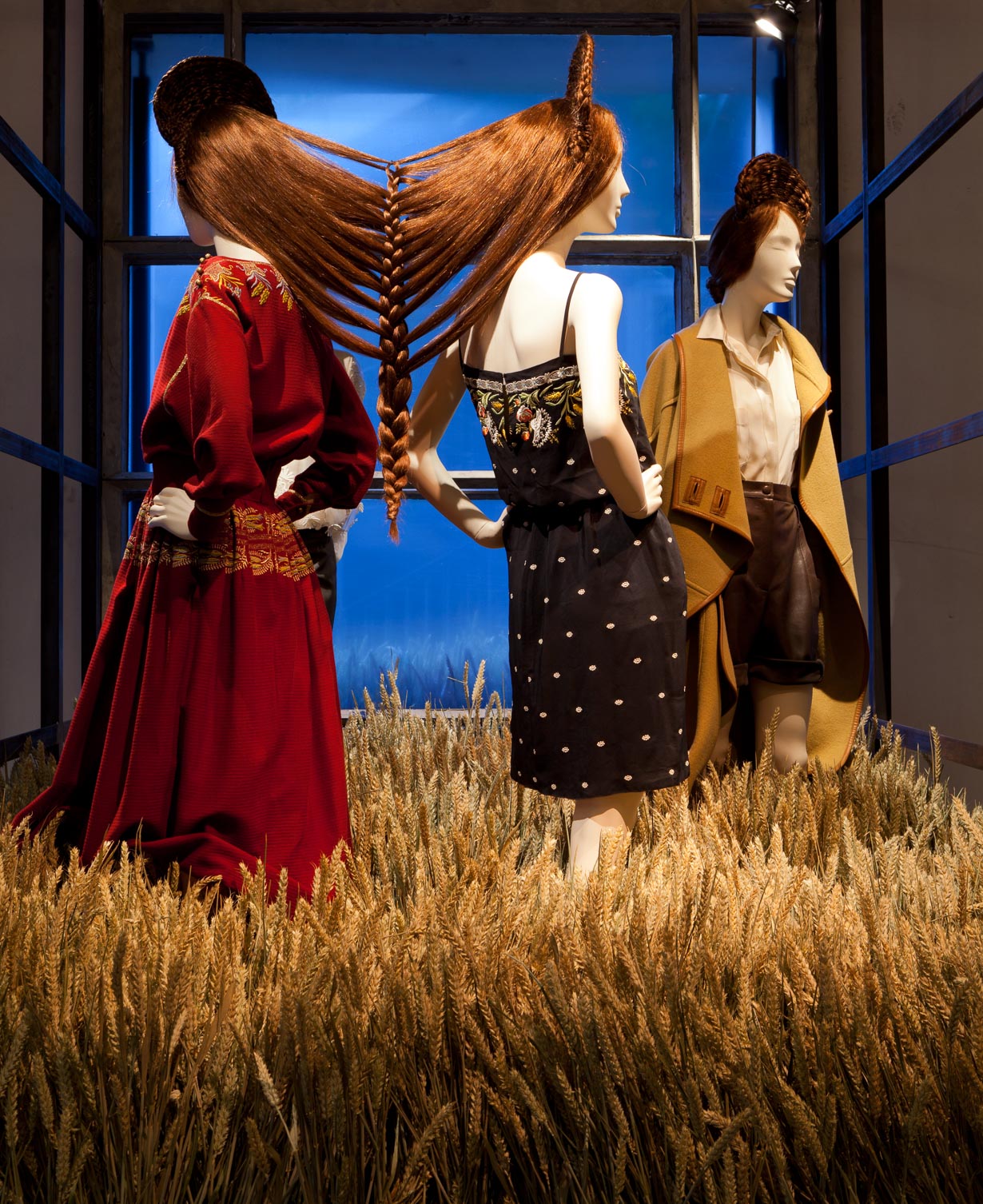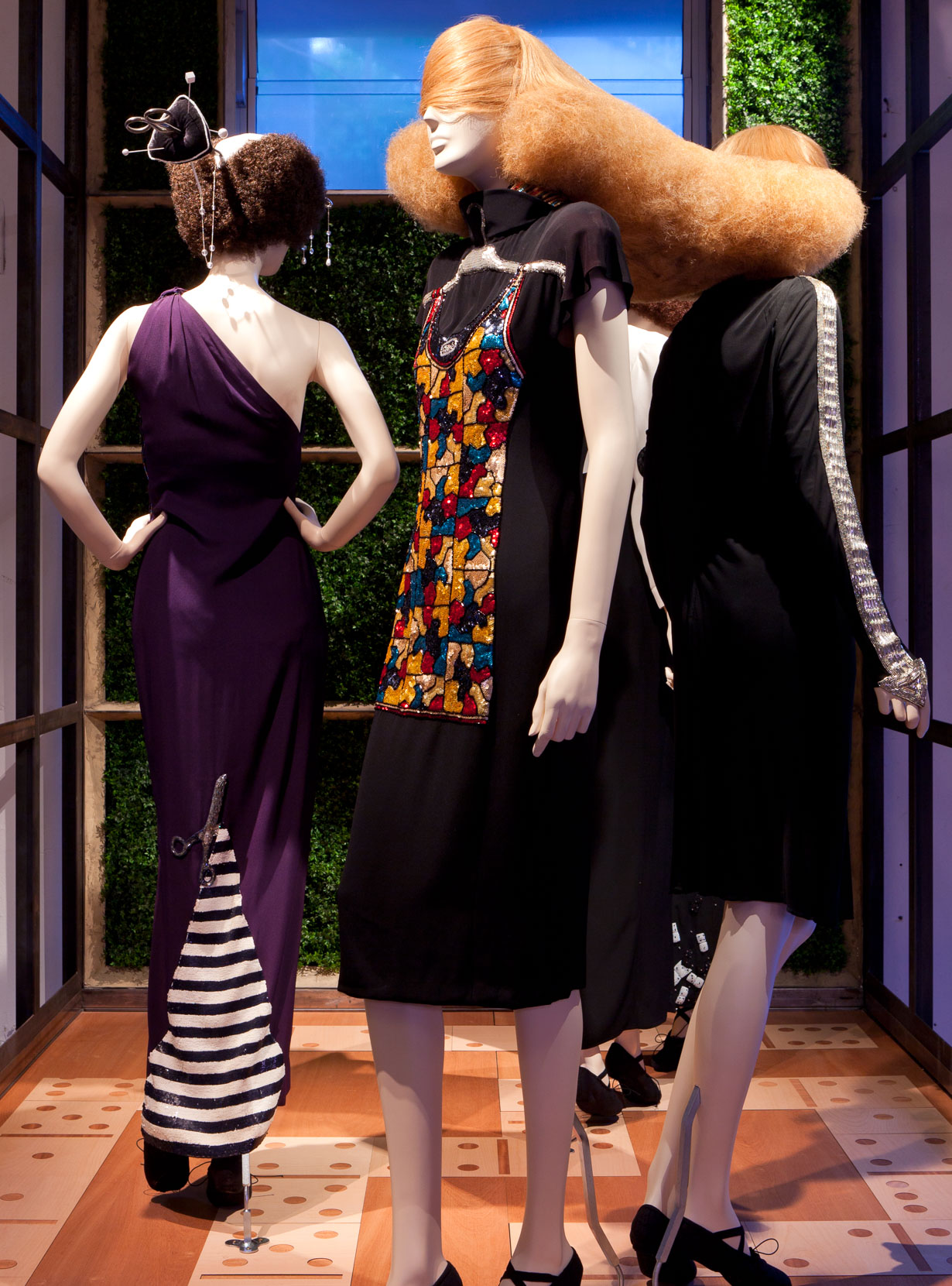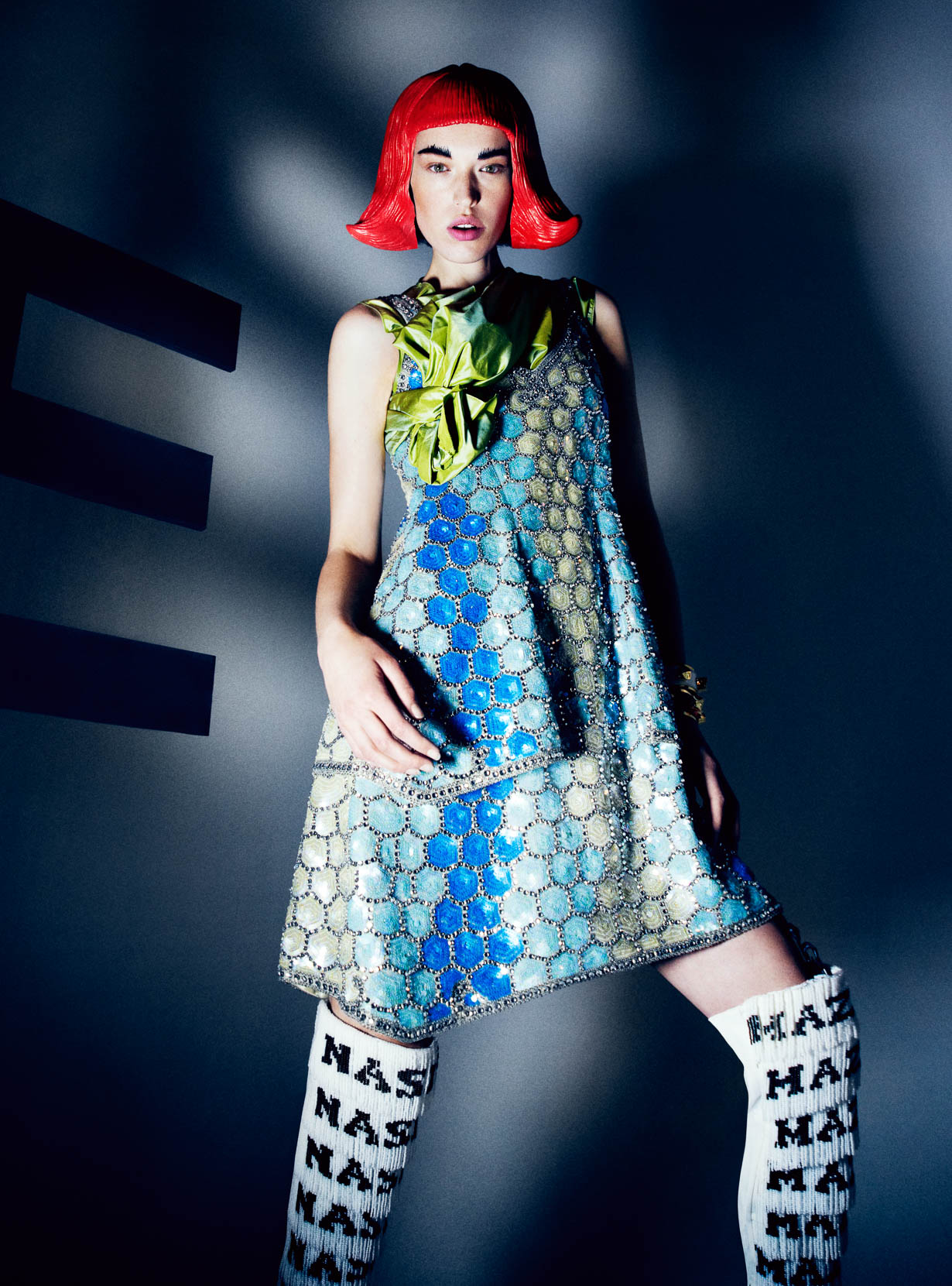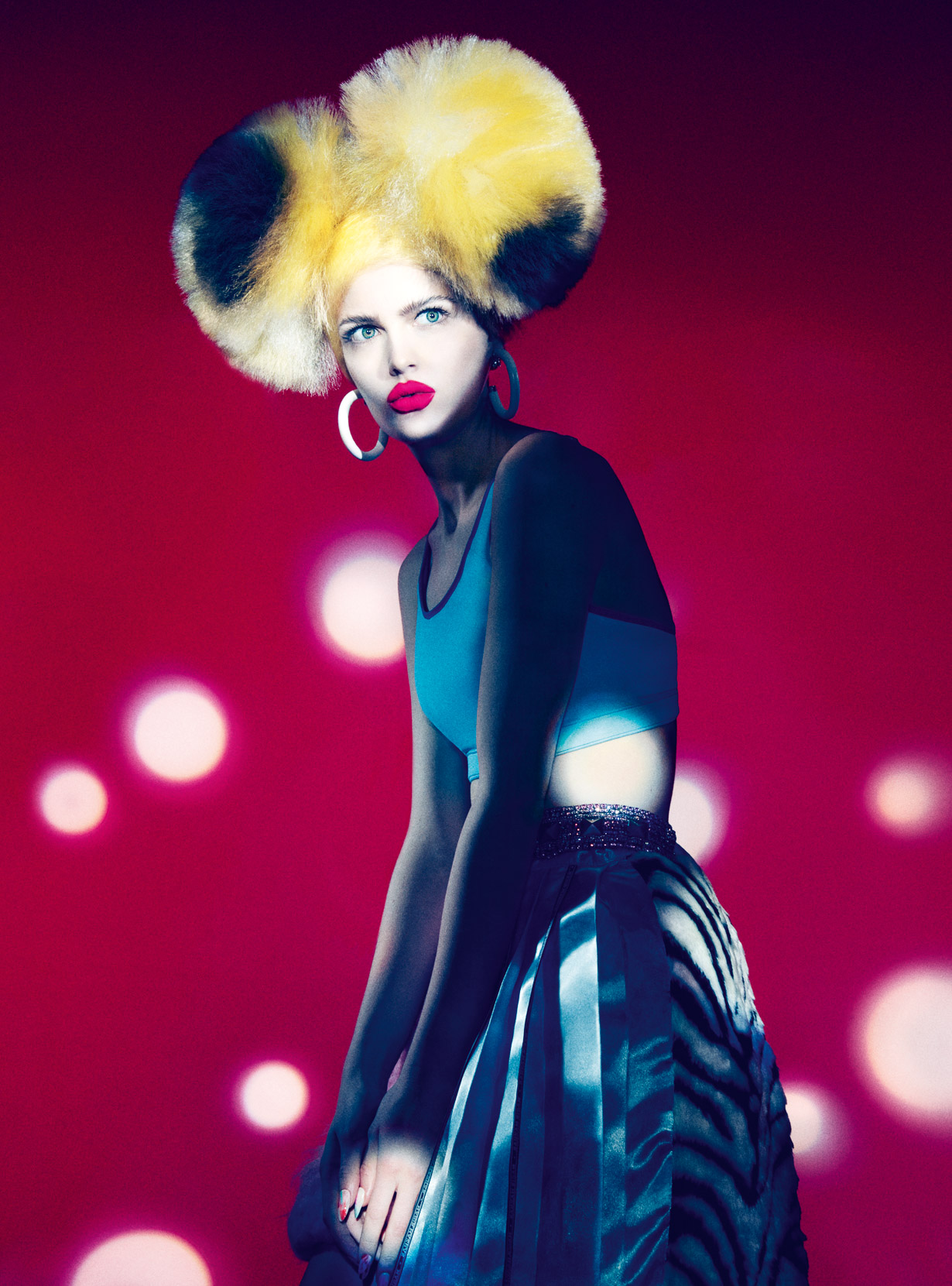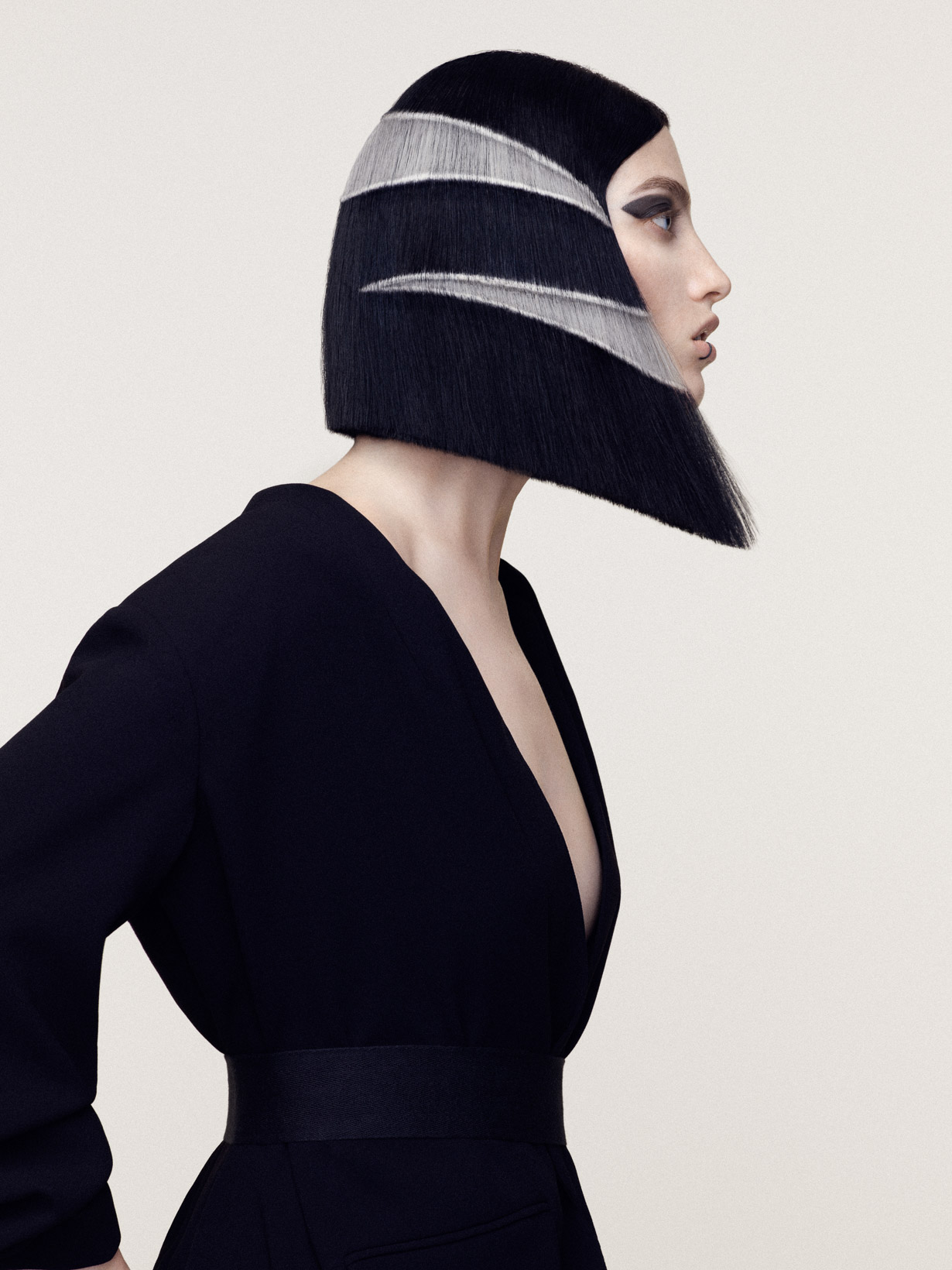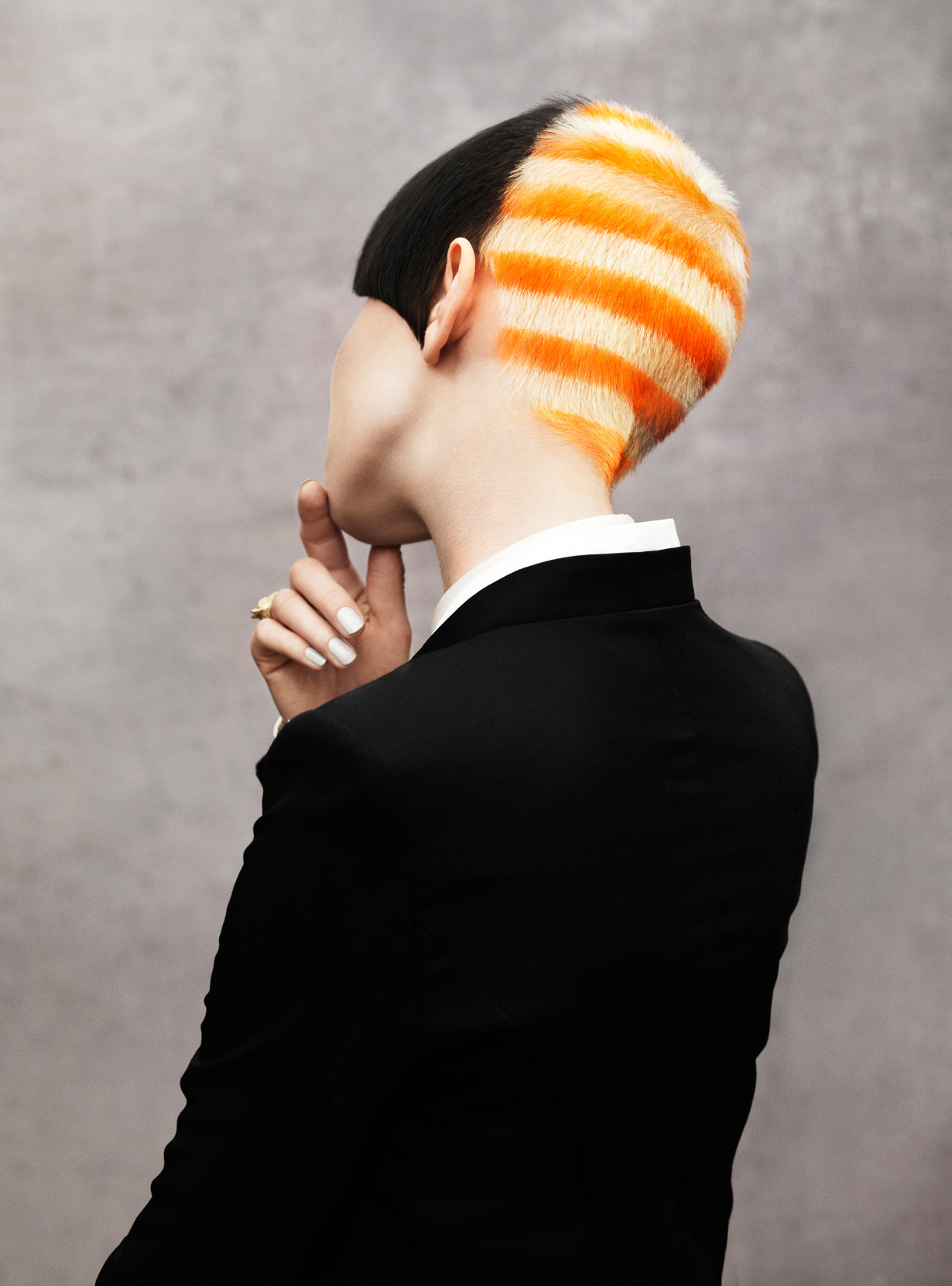- Angelo Seminara
- Angelo Seminara
- Angelo Seminara
PEOPLE: Angelo Seminara speaks to Anthony Mascolo about his inspirations, hair heroes and upcoming projects
Angelo Seminara’s ability to create truly original, provocative work has seen him become one of the most exciting and influential figures in hair today. Taking his first steps into the world of hair as an 11-year old apprentice in his Italian hometown, he is now a 4-time winner of the prestigious British Hairdresser of the Year award. His looks have graced countless catwalks and magazine pages, and he has collaborated with renowned fashion curator Judith Clark on international exhibitions for Chloé, Louis Vuitton and the Frida Kahlo Museum. Most recently, the pair have collaborated on the major fashion exhibition The Vulgar: Fashion Redefined at London’s Barbican Centre, which ran from October 2016 to February 2017. He remains heavily influenced by fashion and the arts, citing designers Hussein Chalayan and Yohji Yamamoto as two of his mayor influences. “I like to look at how they make their garments, their colours” he says, “they inspire me a lot more than looking through hair books, which I feel can be quite limited”.
Seminara sat down with INFRINGE Editor-in-Chief Anthony Mascolo in London to discuss inspirations, hair heroes and upcoming projects.
Anthony Mascolo: What have you been working on recently?
Angelo Seminara: Until February 2017, there was an exhibition I worked on at London’s Barbican Centre called The Vulgar. I created about 160 pieces for it; it was a very beautiful exhibition. We had designs from people like Christian Dior and John Galliano, there were all kinds of amazing pieces. I love working on projects like this, spending time with a few assistants and creating something new from scratch. Now I’m planning to build my own team, what you did a long time ago, I’m just starting from where you left off. I’ve never had the chance to build my own team because I’ve always worked for other brands. The teams that I was on were always for other people like Trevor Sorbie, L’Oreal, Salvaggio in Italy, TONI & GUY… Now I have this urge to build a really cool team, which I’m going to sort out very soon.
AM: You’ve just won British Hairdresser of the Year for the 4th time! Can you tell us a bit about this experience?
AS: I think with the British Hairdressing Awards, like many things in life, I never think about old politics, I try to just go straight to the heart of what it is. It really pushes hairdressers to compete and do something that they wouldn’t normally do, even if you’re working for Vogue or Dazed, there are always limitations, and this really is just about hair, and doing what you love. Some people love to go for categories like Avant-Garde and do amazing hair, some people just want something commercial, which is also very challenging, as you know. I actually think it’s more difficult to do something beautiful in a commercial way, to run a business and open many salons like you guys did, I think that’s really challenging.
AM: You’re clearly passionate, and I sense that you’ve always wanted to create something different. Where do you think that comes from?
AS: I think it comes from running wild when I was a child! I’m planning on starting my first book, which will have the whole story. I want to share the message with younger hairdressers that it shouldn’t just be about ‘being famous’. Most people now are just buying into fame, they work so hard to become famous and then… where do you go? It gets you nowhere. I’m not saying this just because you are here, but for me you’ve always been an inspiration. It’s because of the energy you have, all the work you put in and the fact that you’ve always been very loyal to your family. You’ve created a cult of hair that is really really essential to have in salons around the world. Only one other person did that in my opinion and that was Jean Louis David.
AM: What would you say has been the most memorable moment of your career for far?
AS: I think it’s all the time I’ve spent with my friend Eugene (Souleiman). We’ve had some fun times together! He was always so involved in the fashion industry, I spent 15 years alongside him and I think those are my best memories in terms of travelling around the world, doing hair, having fun and partying. Of course, winning Hairdresser of the Year 4 times was a great honour! It was especially great having Trevor (Sorbie) there, who is like my dad.
AM: I remember when I was a young hairdresser, Trevor was the person I aspired to be and beat… Can you tell me a bit about your relationship with Trevor and how he has influenced you?
AS: I think he has been a mentor to a lot of people in the world, simply because he came from nothing. He’s a very humble person with such a great sense of humour and these things together have created a real artist.
On my first day working for him, I walked into the studio and asked him what his philosophy was. He said, “my philosophy is to make a woman beautiful” and that was it – it stuck in my head ever since.
AM: Your collections are very distinctive, how would you describe your style?
AS: My style is very eclectic. I like to go where people don’t normally go. I like to experiment and always aim to do something original and beautiful. The end result is very important for me. It has to be stunning but it can also be grotesque in a very cool way. I think a lot of fashion designers in my career have influenced me. When I was working with and Yohji Yamamoto, I always observed the fact that Yamamoto is very abstract, whereas on the other hand, someone like Hussein Chalayan is very scientific and very clean. I like to look at fashion designers, how they make their garments, their colours. They inspire me a lot more than looking through hair books, which I feel can be quite limited.
AM: You’re involved in many different elements of the hair world across several disciplines. Can you tell us about your work with fashion curator Judith Clark?
AS: In the past 8 to 10 years I’ve been collaborating with Judith. Besides the fact that she’s a good friend and someone I adore, she’s given me the opportunity to collaborate with her on some amazing fashion exhibitions. The Vulgar at the Barbican Centre has been really interesting and important to me since it’s for a fashion history exhibition. The work is similar to what I did for the exhibition Diana Vreeland after Diana Vreeland at the Fortuny Museum in Venice. I also worked on Chloé’s 60-year anniversary show at the Palais de Tokyo, which was just amazing because it’s my favourite museum, it’s one of the places I find most inspiring.
One of my memorable experiences was working with Judith on the exhibition Appearances Can Be Deceiving: The Dresses of Frida Kahlo, in collaboration with Mexican Vogue. When Frida Kahlo died, her husband Diego Rivera took 9 of her Tehuana dresses and locked them in her bathroom and said he didn’t want anyone to touch them so he threw away the key. They stayed locked in that bathroom until November last year. For me to even be near to these clothes was a truly incredible experience.
Interview: Anthony Mascolo
Images: Marie-Claire Bozant, Judith Clark Studio, Panos Damaskinidis, Miguel Tovar Fierro, Andrew O’Toole, Paul Scala
- ANTHROPOLOGY OF HAIR
- ANTHROPOLOGY OF HAIR
- ANTHROPOLOGY OF HAIR
- ANTHROPOLOGY OF HAIR
- ANTHROPOLOGY OF HAIR
